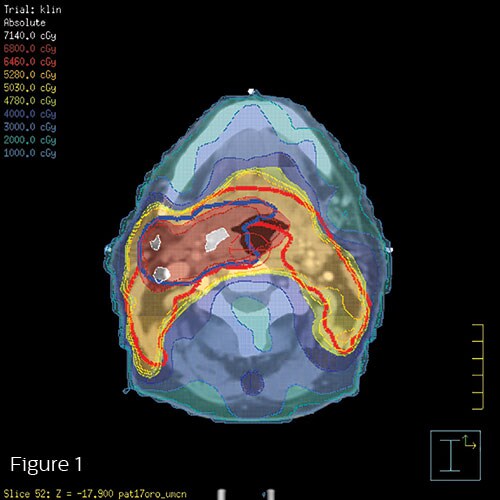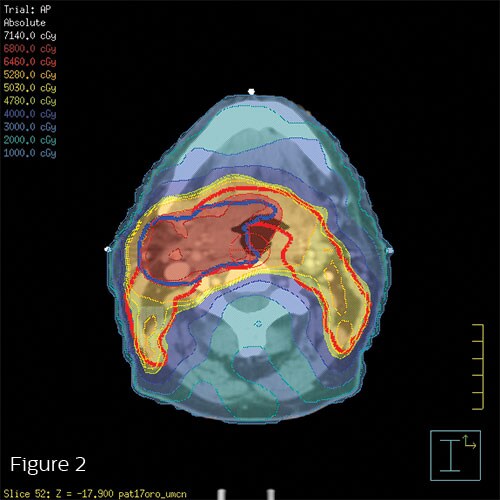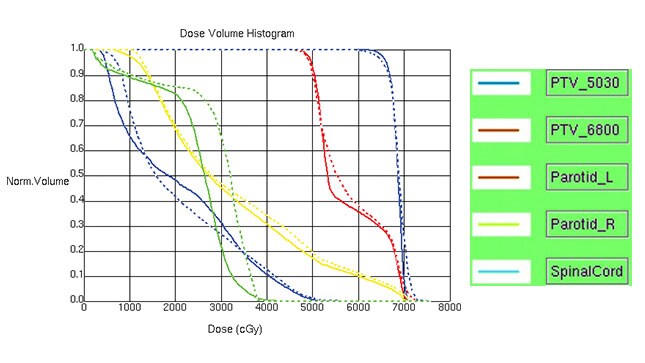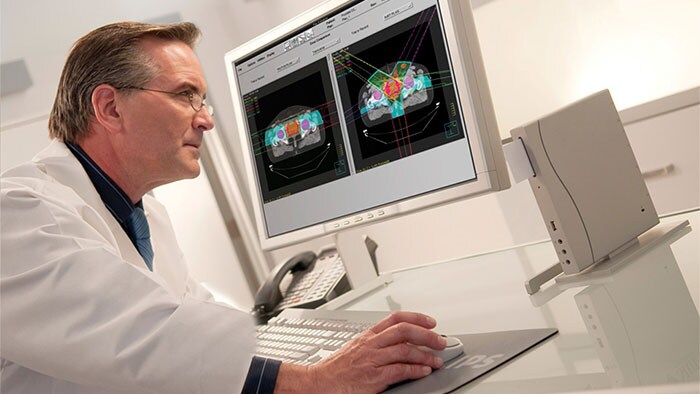IMRT treatment planning is tedious and requires significant planner/physician interaction. Imagine how many more patients you could serve if you could cut your average planning from four hours to less than 30 minutes. Those are the results achieved in a recent study carried out with Philips Auto-Planning in its Pinnacle3 treatment planning system.
Pinnacle³ Auto-Planning – accelerating IMRT & VMAT planning
Pinnacle³ Auto-Planning is designed to simplify and accelerate IMRT & VMAT planning. It has smart automation tools that enable the user to generate high quality plans quickly, and with limited intervention. These plans can then be evaluated against agreed clinical goals using intuitive dashboards, called Scorecards that provide at-a-glance information regarding plan quality, facilitating consistency of treatments throughout the department.
A study in head-and-neck cancer
In this study¹ researchers at Radboud University Nijmegen Medical Center, Nijmegen, The Netherlands and at Philips Healthcare and Philips Research, investigated whether the Auto-Planning feature, released with Pinnacle 9.10 (Philips Healthcare) is able to create clinically acceptable oropharynx IMRT treatment plans with only one push of the button. Twenty-five oropharynx cancer patients who were treated with a simultaneously integrated boost (SIB) IMRT technique at the Radboud University Nijmegen Medical Center, were re-planned using the Auto-Planning module. The same beam set-up (7 uniformly spaced coplanar beams) and contours as in the original clinical plans were employed.
Dramatic reduction in dose and planning time
The average maximum dose of the cord and of the brainstem was significantly reduced to 3.9 +/- 3.3 Gy and 6.8 +/- 4.8 Gy, respectively. The average mean dose to the oral cavity, the larynx and the mandible was significantly reduced to 3.6 +/- 3.3 Gy, 2.5 +/- 4.3 Gy and 2.2 +/- 1.8 Gy, respectively. Total planning time could be reduced from about 4 hours to less than 30 minutes. Figure 1 and 2 show a typical result of a patient plan for the dose distribution and dose volume histograms (DVHs), respectively.



For more information
To receive a copy of this clinical study, please contact your local Philips representative. Find out more about Pinnacle³ Auto- Planning.
Written by:
Share this article
¹ Kusters JMAM, et al, Auto-Planning in Pinnacle: A study in head-and-neck cancer, poster presented at AAPM 2013 Indianapolis.


